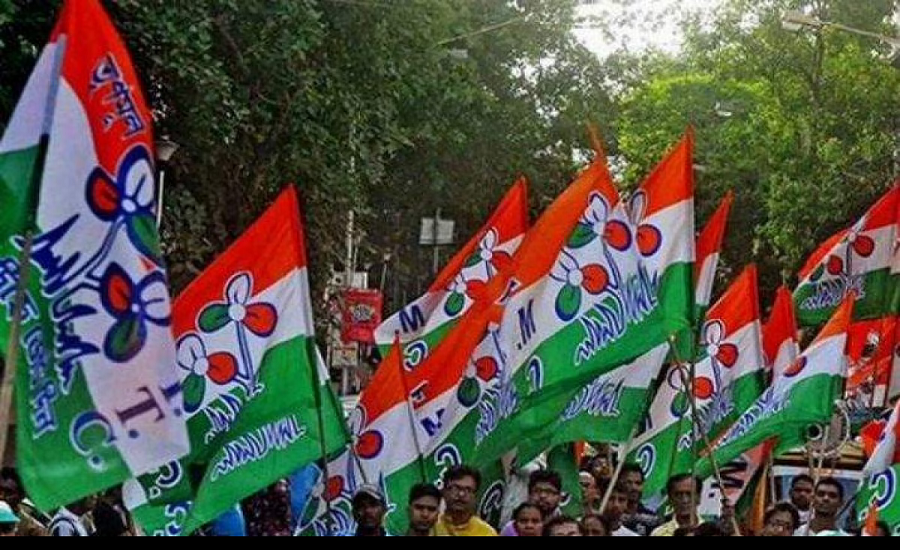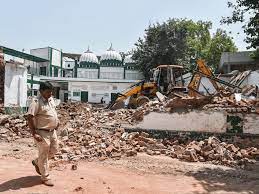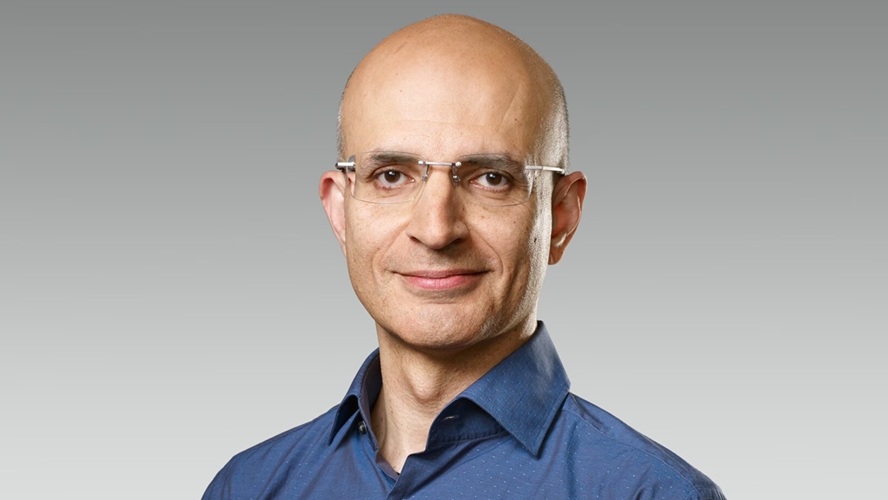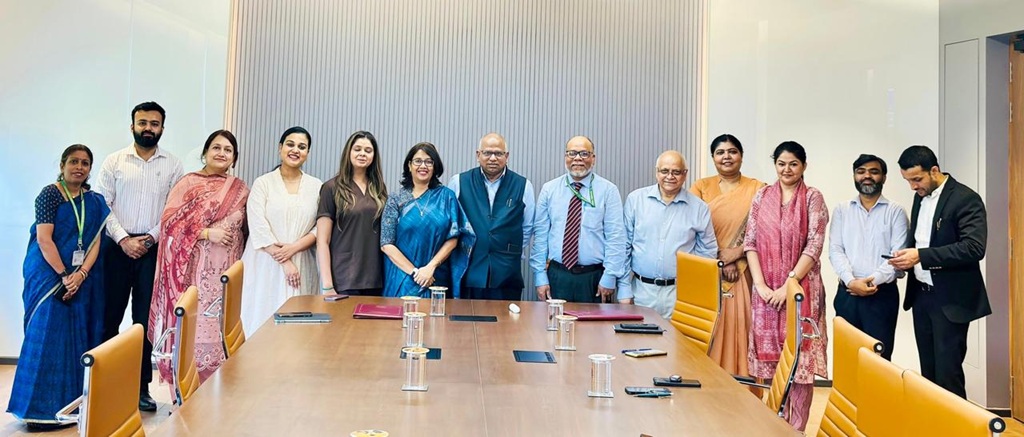Mamata must understand that her party may end up becoming the NCP or JD-U if she becomes too big for her boots
Soroor Ahmed
THERE is hardly any example in any democracy of the world where essentially a state-level outfit has, all out of sudden, grown to become the main opposition party at the national level. So those who are jumping on the Trinamool Congress bandwagon and nursing the ambition that one day it would replace the Bharatiya Janata Party from power should first study the history of political parties across the globe — and especially of India — before taking any such decision.
There is absolutely no doubt that the Indian National Congress is on the decline and its leadership, notwithstanding some half-hearted efforts, is finding it hard to revive the party.
Here one should not get confused by the criteria laid down by the Election Commission for categorizing any outfit as national or state party. Their number keep changing as it all depends on the percentage of votes or number of seats parties gets. At present there are eight parties which are recognised as the national party and 54 as the state party by the
Election Commission. Trinamool Congress is among the eight national parties.
It needs to be told loud and clear that when the Communist Party of India won 16 seats in the first Lok Sabha election in 1952 it was no doubt a pan-India party so was the Bharatiya Jan Sangh, though it bagged only three seats. These parties were established with the motto to emerge as alternative national parties to the Indian National Congress. It may be other thing that these parties may have got confined to particular region of the country in the subsequent years.
For example, West Bengal, Kerala and Tripura became the bastion of Left parties for a long period.
Efforts were made in 1977 and 1989 to establish pan-India party — the Janata Party and Janata Dal respectively. A small effort was made in 2012 with the formation of Aam Aadmi Party. But after a couple of top leaders such as Yogendra Yadav and Prashant Bhushan left it the party got reduced to a regional outfit. In 2014 Lok Sabha election it did win four seats in Punjab, but soon its influence declined in that state too.
It needs to be made verty clear that the Trinamool Congress is not the first regional party to dream of becoming a pan-India party.
The Nationalist Congress Party of Sharad Pawar, which broke away from the INC in 1999, that is year after TMC, also made vain attempts to become a national alternative. But the party failed disastrously and in the process lost a lot of ground in its home-turf, Maharashtra, where it had to play second fiddle to Congress for several years.
True, the TMC is today very strong in West Bengal and has has demolished the Congress in the state. It may succeed in Tripura too as the socio-political situation there is similar to West Bengal. It may even fare better in Meghalaya as well. But in the rest of India there is absolutely no doubt that the TMC is not going to perform better. It may just be one-election party in many other states were today it is trying to expand its influence.
Here one needs to cite the example of Bahujan Samaj Party, which was floated on April 14, 1984 with the idea of bringing under one umbrella all the downtrodden sections of the society at the pan-India level. Its founder was Kanshi Ram, a Dalit Sikh from Punjab. The BSP grew into a big party in Uttar Pradesh and even Punjab.
Unlike the TMC today, the BSP really had presence in many big states of India. Once again unlike TMC, the BSP did not indulge in large-scale leader-wooing exercise across the country, but it has solid and committed Dalit voters whether in Karnataka, Rajasthan, Madhya Pradesh, Bihar, Maharashtra, Delhi or Gujarat — not to speak of UP and Punjab.
But today the party lies shattered all over India, even in its bastion of UP, where its supremo Mayawati became the first chief minister in five decades to complete full term in office between 2007 and 2012. After the death of Kanshi Ram the party failed to keep up the momentum, though Mayawati was till then very strong.
The problem with a regional party is that it lacks the wherewithal to become a pan-India party. Their second rung leaders and cadres have limited ambition, that is, to remain confined to the state where that particular party is in power.
Take the example of Bihar. After the success in 2010 Assembly election its chief minister Nitish Kumar started nursing prime ministerial ambition forgetting that he owes his position to the alliance partner, the Bharatiya Janata Party. On the eve of 2012 Assembly election in neighbouring Uttar Pradesh he literally ‘invaded’ the poll-bound state with all sorts of resources and workers. His party Janata Dal-United alone fielded candidates in a large number of seats hoping that it may surely win some of them. As the percentage of his castemen, Kurmi, in UP is almost double than that in Bihar, he was quite confident of his party’s performance. But the JD-U drew blank.
Though not much was written about Nitish’s disastrous performance in UP, yet it would not be an exaggeration to suggest, that his decline as the national level leader started from that very point. The tragedy is that he never estimated his own weakness and in 2013 snapped ties with the BJP thinking that he would alone emerge as the leader of the
secular forces of the country. It never happened. Today he is just a pawn in the hands of the BJP.
West Bengal chief minister Mamata Banerjee will have to understand that her TMC may end up becoming the NCP or JD-U if she becomes too big for her boots. If she, or anyone else, really wants to launch a pan-India party he or she will have to work in a different way. A national party can be formed with pan-India outlook and not just by over-stretching limited and confined resources of any state party. Otherwise there is always a fear of losing whatever strength that particular party enjoys in any state.
Mamata will have to understand that it would be very easy for the ruling BJP to deal with TMC than INC. The party at the Centre can destabilize the regional party in just one state — West Bengal in this case. And the story would be over.






0 Comments